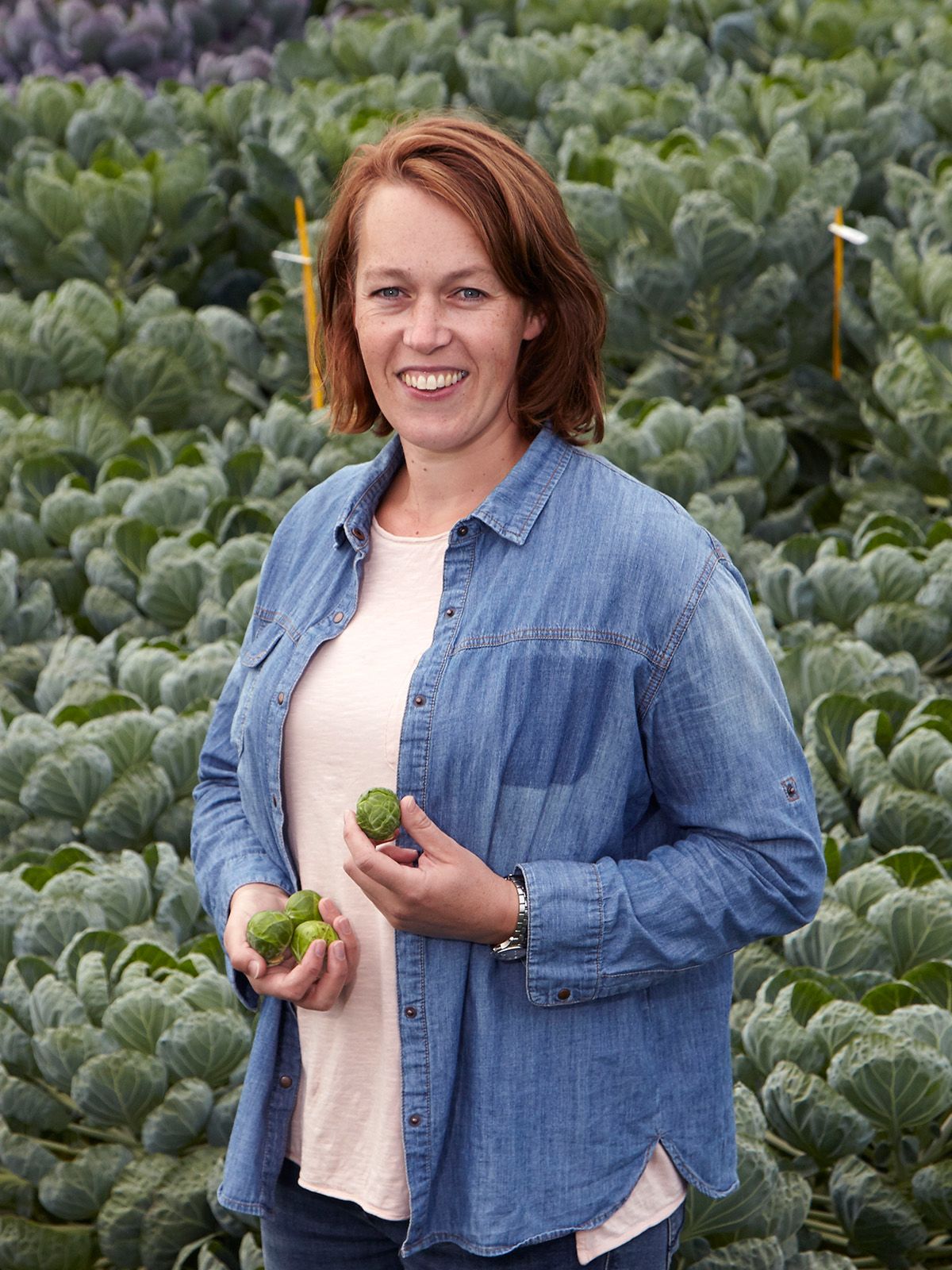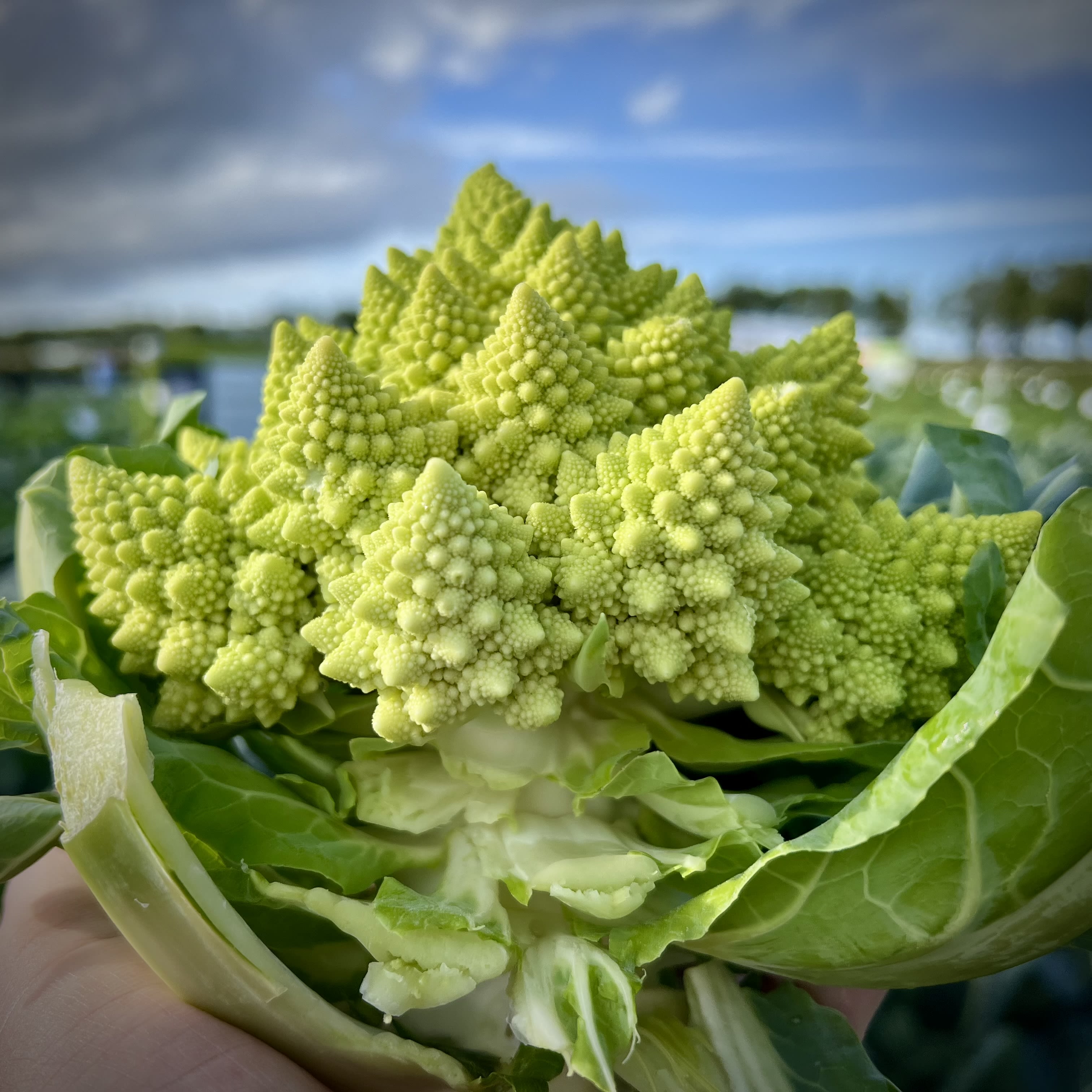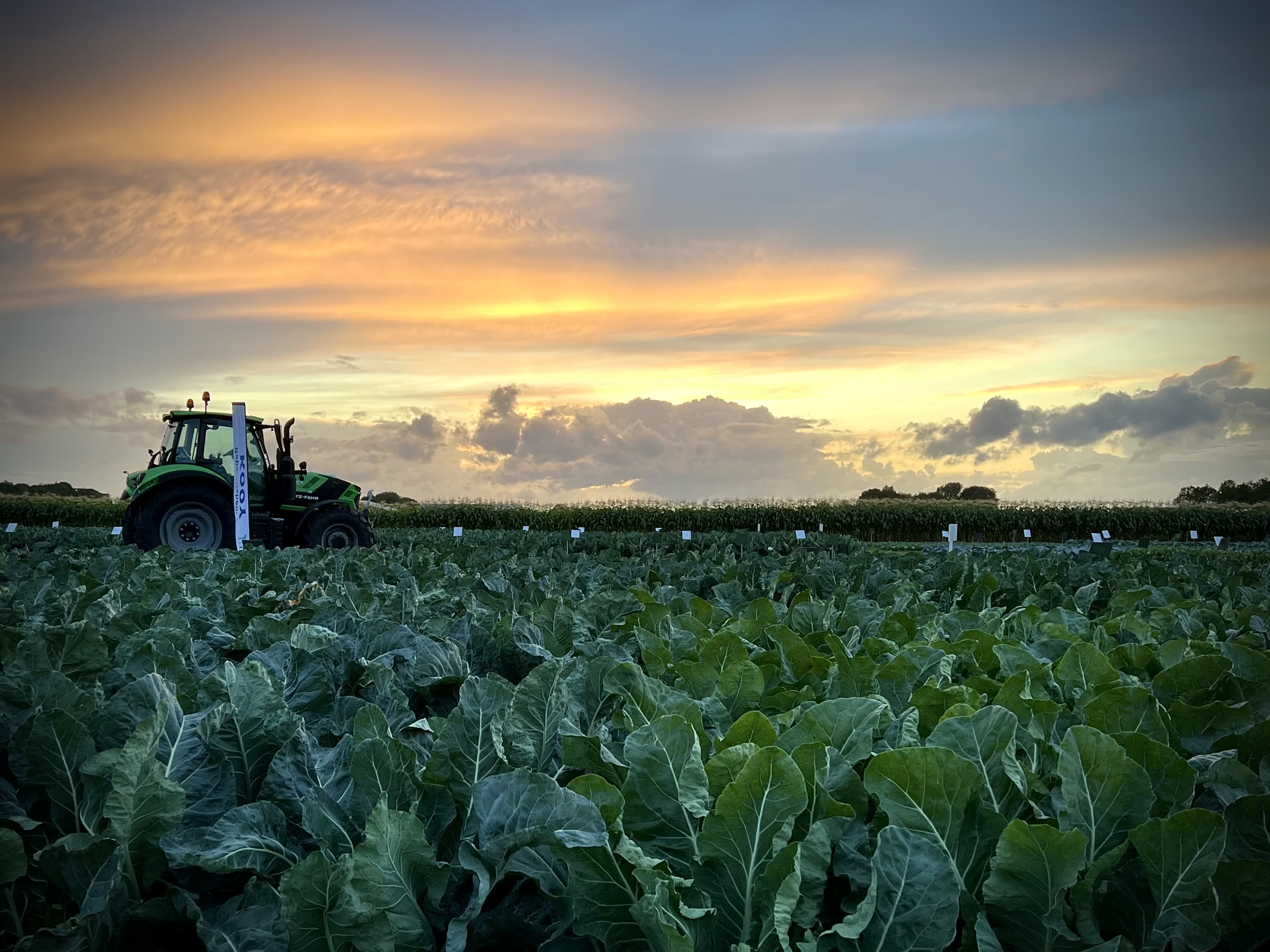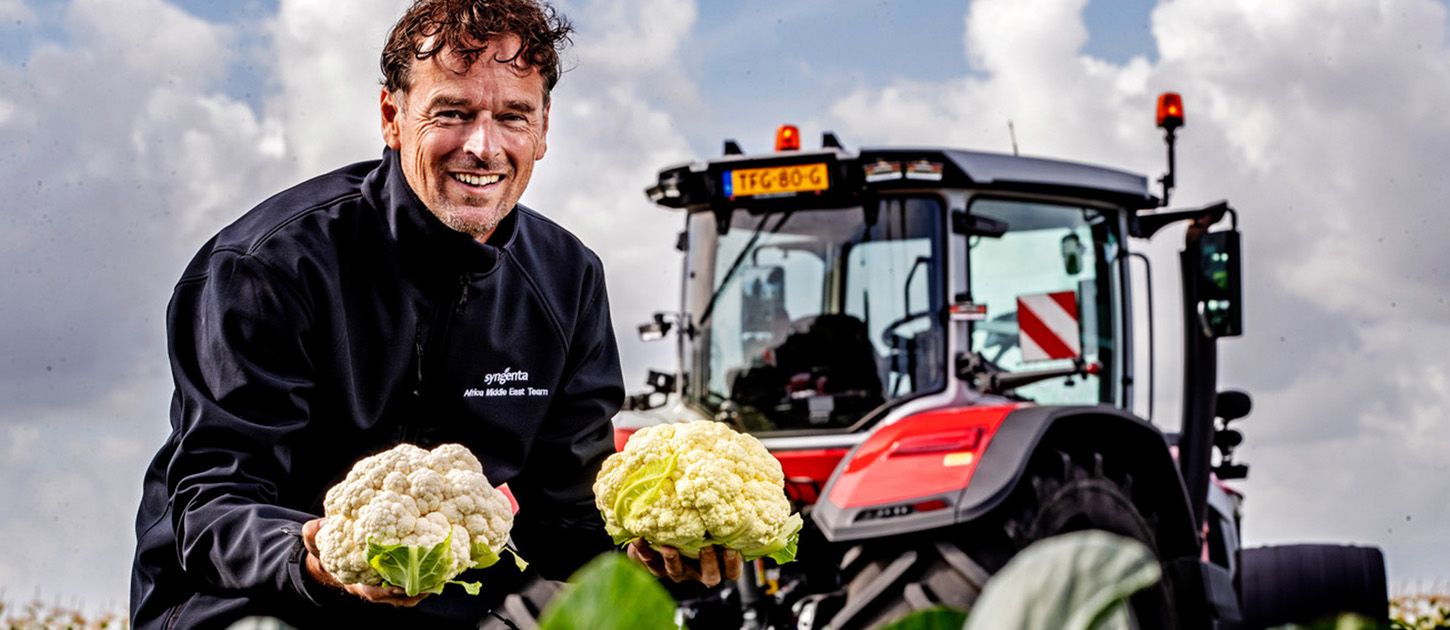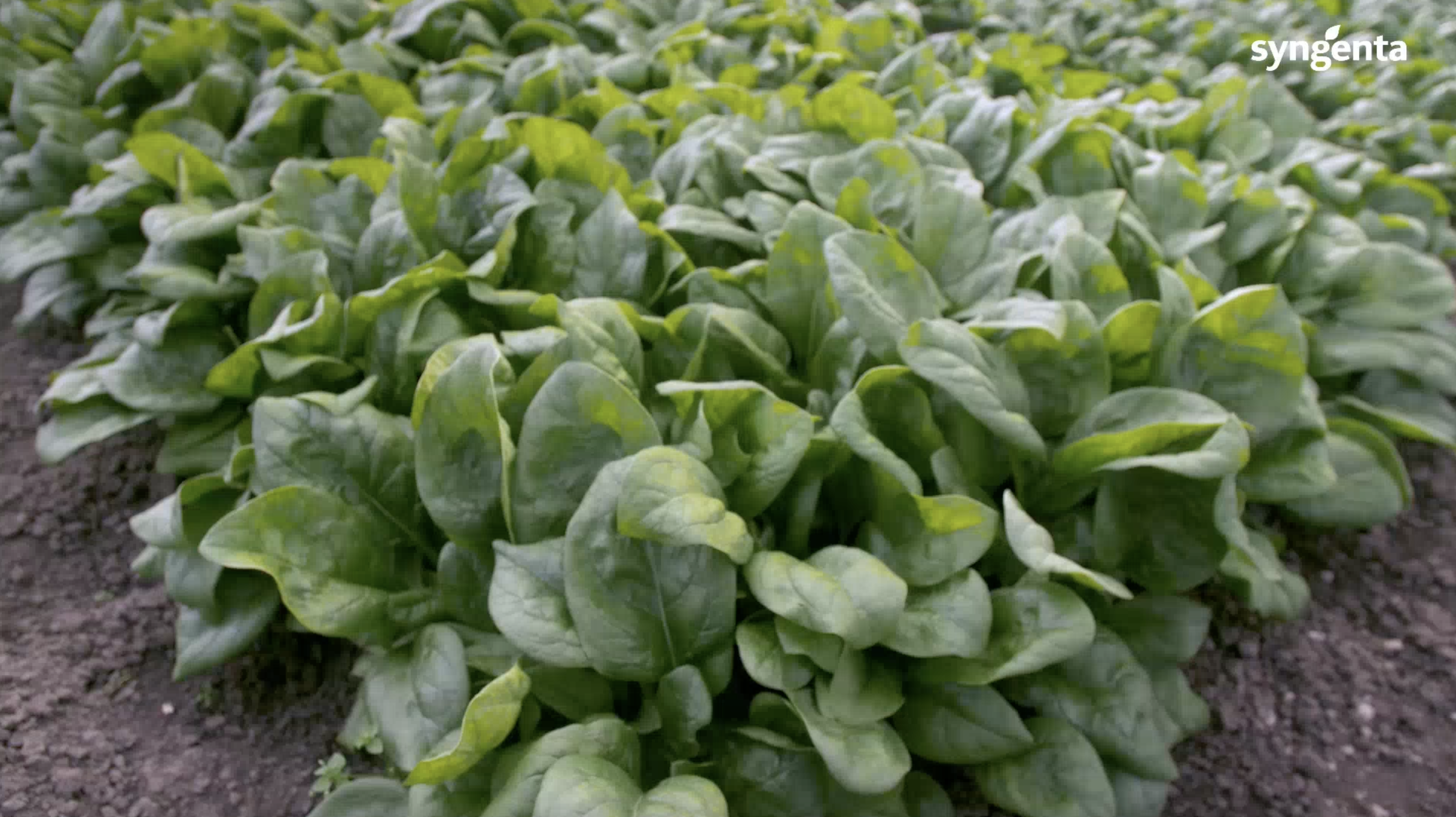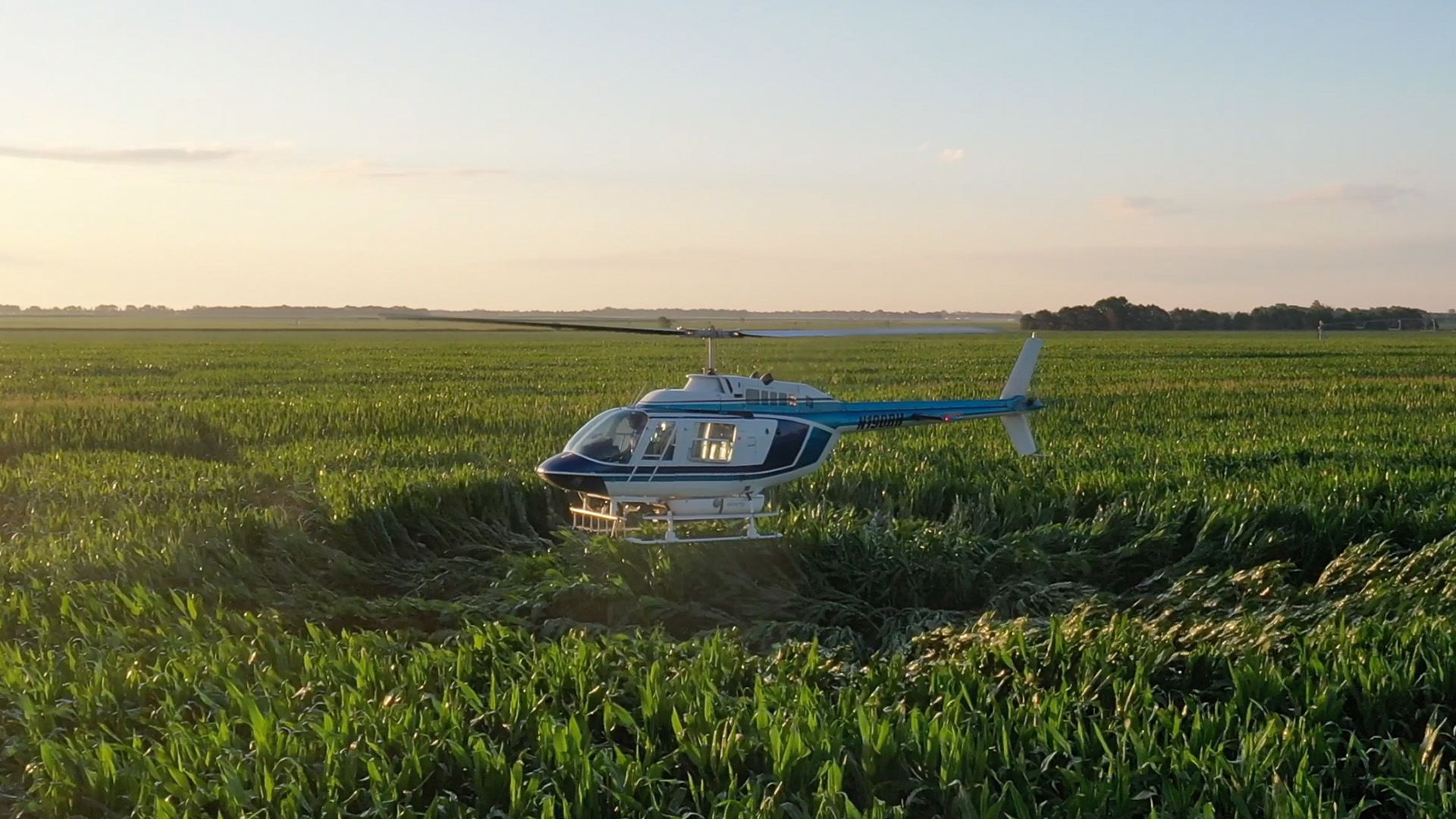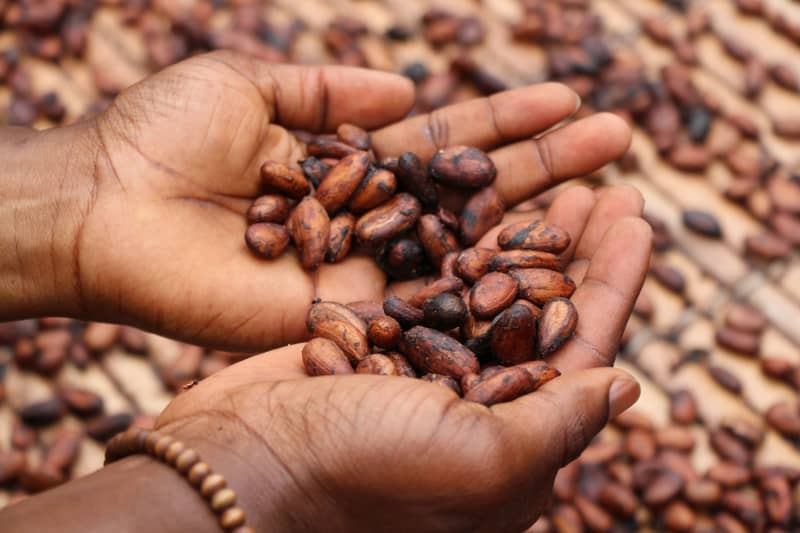From Brussels sprouts to cauliflowers:
Climate-proofing our food

In a field less than an hour’s drive from Amsterdam is a very special Brussels sprout. Like all Brussels sprouts, it grows upwards – but this sprout is taller than your average crop. Measuring almost double the length of a typical sprout stem, it stretches skyward.
And like all clever crops, this extra height is deliberate. It’s simple, really: taller plants mean consistently high yields without swallowing up valuable land.
While many people only see the pebble-like Brussels sprouts on their dinner plate, these plants actually take up a lot of room. With their frilly leaves fanning outwards, in the field they spread, competing for sunlight. Meanwhile, dozens of ripe buds sprout along the trunk, waiting to be plucked.
Thanks to the varieties growing in the Netherlands, the longer stem produces twice the number of sprouts than a typical plant while on the same plot of land.
In addition, disease and pest tolerance have been built in, and it can withstand more extreme weather conditions such as rainfall, wind and drought.
Decades of dedicated work have gone into breeding and designing this one variety, with input from growers at every stage. And these varieties aren’t the only stars of the vegetable world, as visitors to Syngenta’s Fields of Innovation discovered.
Joske van den Burg, Breeder in Syngenta’s Germplasm Development team.
Joske van den Burg, Breeder in Syngenta’s Germplasm Development team.
Climate-focused breeding
Over three days, growers from more than 45 countries meandered through Dutch fields planted with row upon row of vegetables, representing 23 different crops.
Alongside the long-stemmed Brussels sprouts were cabbages, broccoli, cauliflower, spinach, and several types of lettuce. Despite their differences, they all had something in common: better tolerance to severe weather conditions.
Joske van den Burg, a Breeder in Syngenta’s Germplasm Development team for Cabbage and Brussels sprouts, says that breeders have the dual challenge of designing seeds that can cope with severe weather and require less chemical input.
“Growers are facing more and more problems. Not only with diseases and pests but also with increased regulations from governments, with higher regulations on chemical spraying.
“Some farmers are afraid that in a few years’ time, they will not be able to grow sprouts anymore.”
So, what can breeders do to keep the produce shelves full? At Syngenta, teams work hard and fast to breed seeds that are more tolerant to drought, heavy rain, strong winds and unpredictable conditions.
As far as Brussels sprouts are concerned, this means breeding more resilient roots, for example, so the stems remain upright. Without decent weight distribution, the plants risk toppling over in heavy rainfall, particularly if the roots are already saturated from prolonged wet weather. This applies to all Brussels sprouts, no matter the length of their stems.
"For me, the real focus is prioritizing pest resistance and plants that can handle different circumstances with reduced fertilizers or chemicals, because this is where the world is going,” van den Burg says.
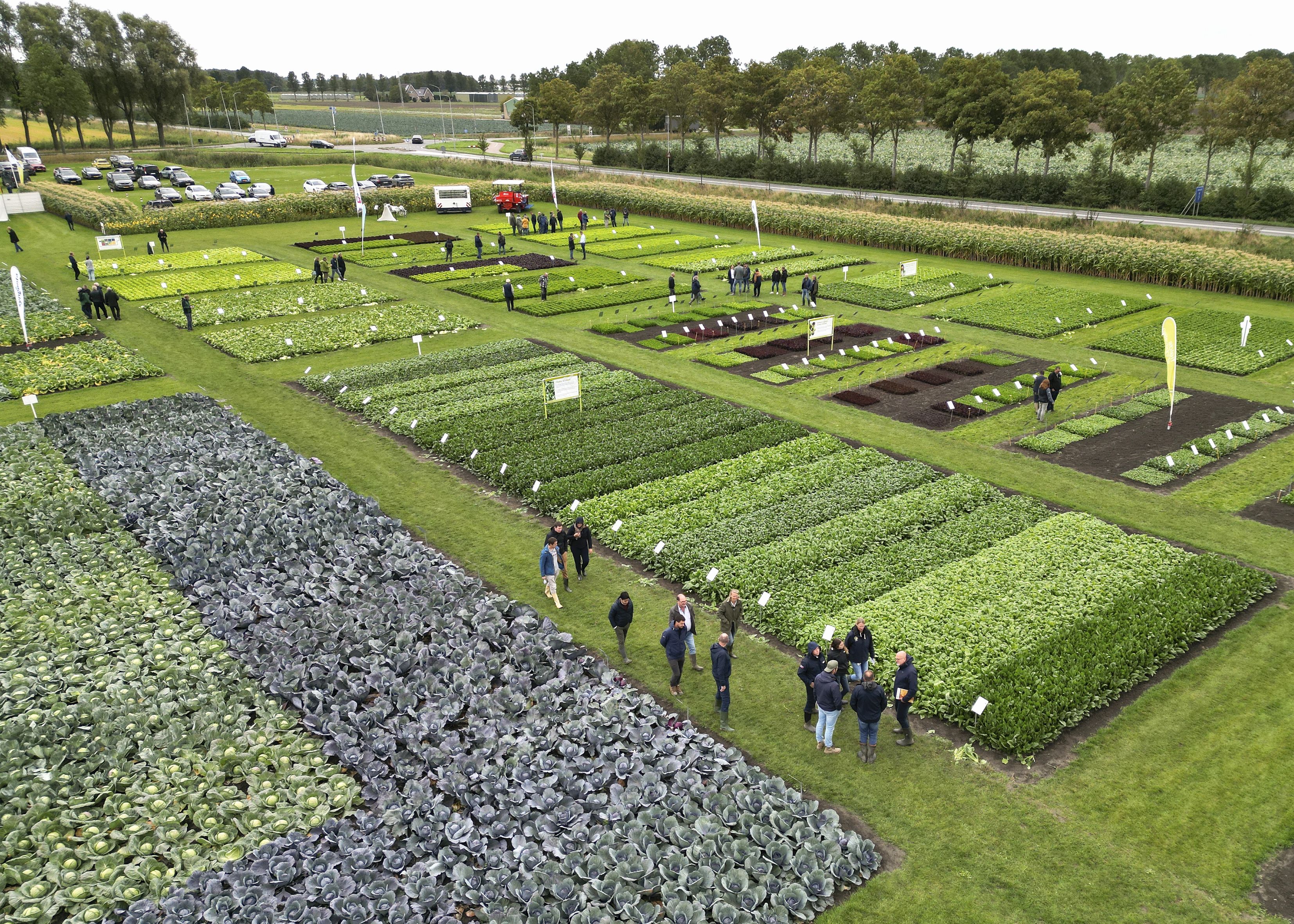
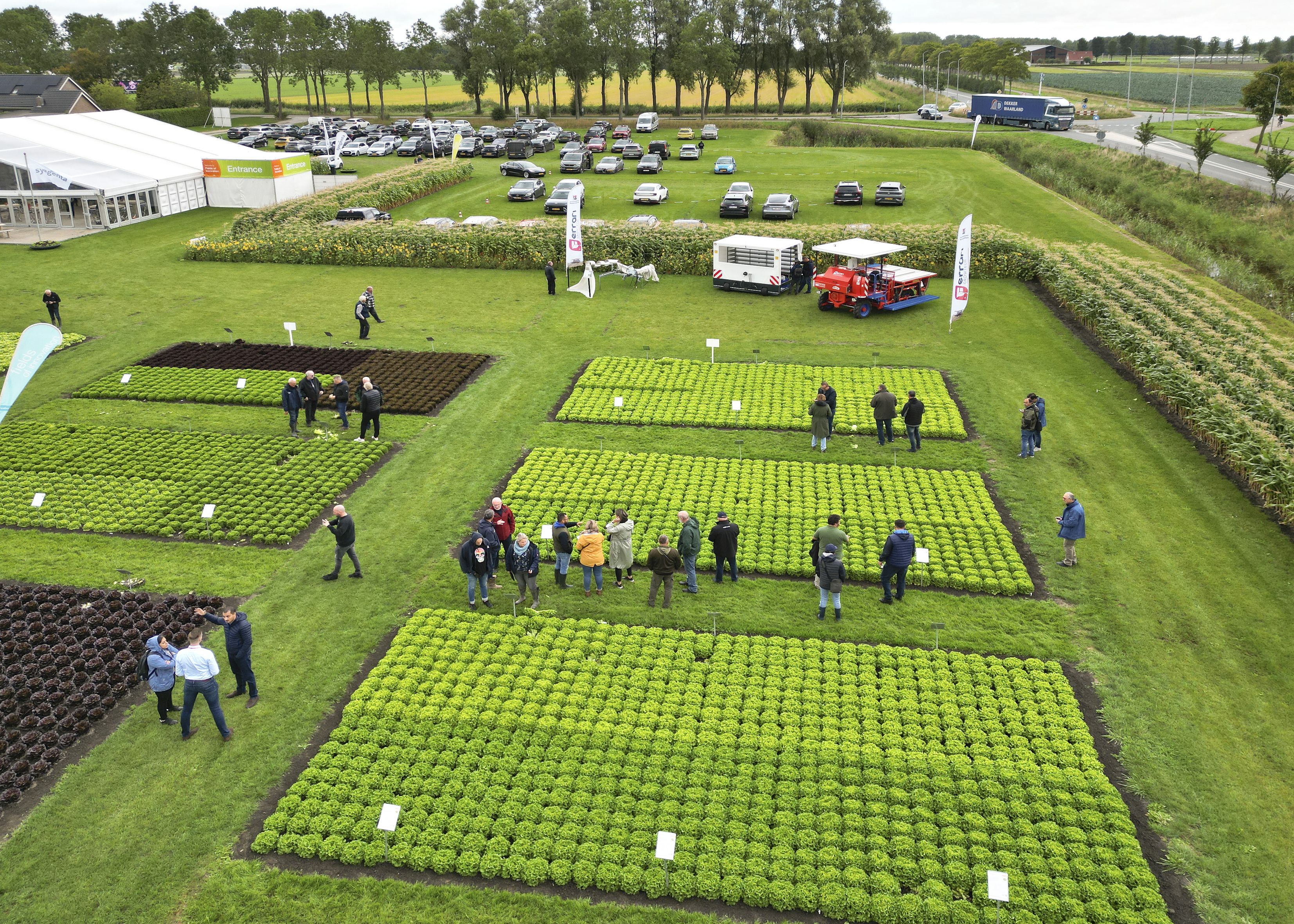
Fields of Innovation
Back at the event, a range of innovative vegetable varieties was unveiled including a striking White Romanesco - think seashell-spiraled formations erupting from cauliflower leaves - and a beet-red colored onion named Allurion.
Also growing in the fields was the innovative Clarina cauliflower, one of Syngenta’s first blockbuster varieties. It came to market 15 years ago as one of the only clubroot-resistant cauliflowers. More than a billion have been grown since then. Today, you can still find it on farms around the world.
Clarina’s legacy is just one example of the company's grower-first mindset, says Sjaak van der Ploeg, Syngenta’s Head of Vegetable Seeds Development for Europe, Africa and the Middle East.
Sjaak van der Ploeg, Syngenta's Head of Vegetable Seeds Development for Europe, Africa and the Middle East.
Sjaak van der Ploeg, Syngenta's Head of Vegetable Seeds Development for Europe, Africa and the Middle East.
“We're committed to developing climate-resilient crop varieties that empower growers to face the challenges of a changing environment while maintaining productivity,” he says.
“By breeding varieties that can better tolerate weather conditions, use water more efficiently, and resist emerging pests and diseases, we're not only supporting farmers' livelihoods but also contributing to a more sustainable and climate-friendly agricultural future.”

